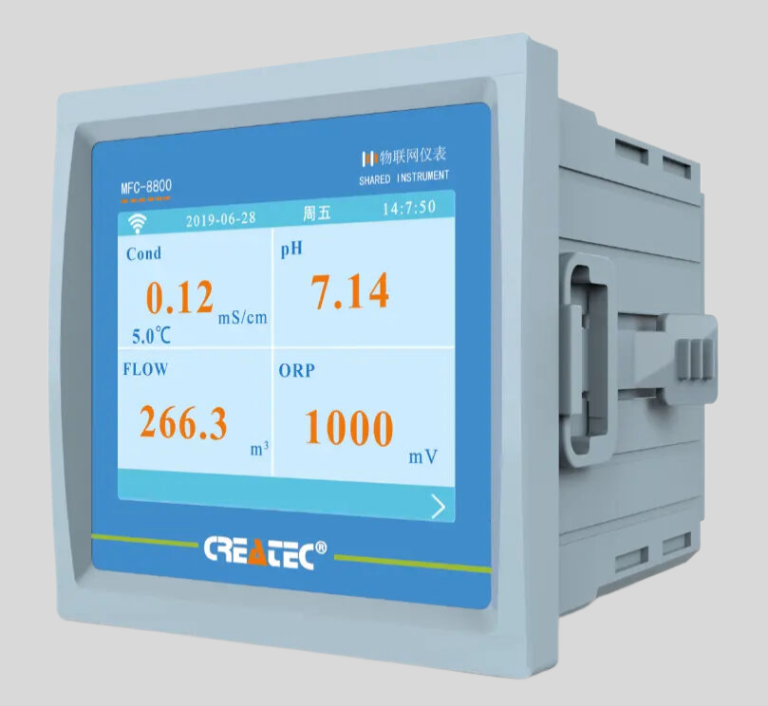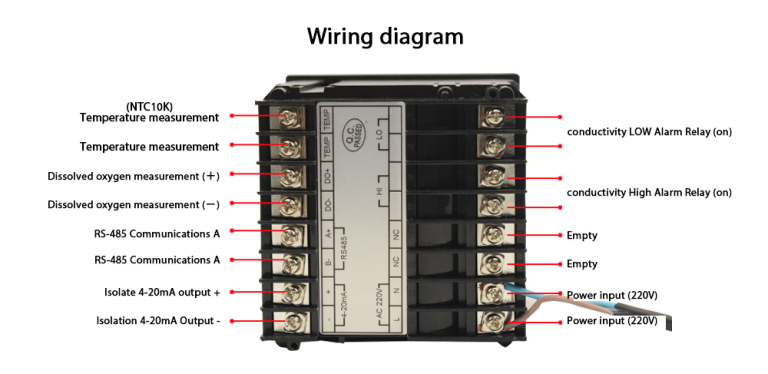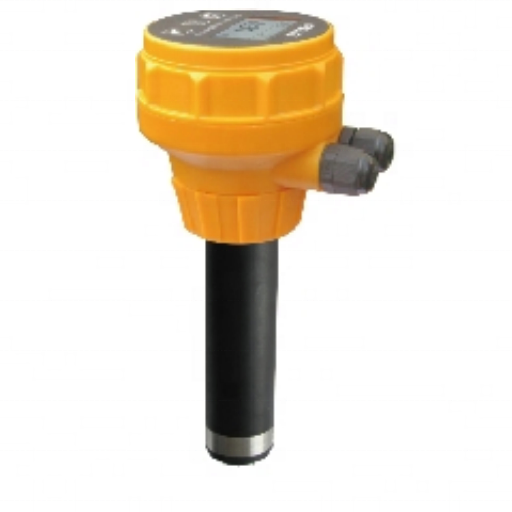Table of Contents
Benefits of Implementing a Water Quality Monitoring System
Water quality monitoring systems are essential tools used to assess the health of water bodies and ensure the safety of drinking water. These systems involve the collection and analysis of water samples to measure various parameters such as pH, turbidity, dissolved oxygen, and levels of contaminants. By monitoring these parameters regularly, water quality can be maintained at safe levels and potential issues can be identified and addressed promptly.
| Model | CM-230S Ecomonical conductivity monitor |
| Range | 0-200/2000/4000/10000uS/cm |
| 0-100/1000/2000/5000PPM | |
| Accuracy | 1.5%(FS) |
| Temp. Comp. | Automatic temperature compensation based on 25℃ |
| Oper. Temp. | Normal 0~50℃; High temp 0~120℃ |
| Sensor | Standard:ABS C=1.0cm-1 (others are optional) |
| Display | LCD Screen |
| Zero Correction | Manual correction for low range 0.05-10ppm Set from ECO |
| Unit Display | uS/cm or PPM |
| Power | AC 220V±10% 50/60Hz or AC 110V±10% 50/60Hz or DC24V/0.5A |
| Working Environment | Ambient temperature:0~50℃ |
| Relative humidity≤85% | |
| Dimensions | 48×96×100mm(H×W×L) |
| Hole Size | 45×92mm(H×W) |
| Installation Mode | Embedded |
One of the key benefits of implementing a water quality monitoring system is the ability to detect pollution and contamination in water sources. By continuously monitoring water quality, any changes in parameters that indicate pollution can be identified early on. This allows for quick action to be taken to prevent further contamination and protect the health of both humans and aquatic life.
| POP-8300 free chlorine online analyzer | ||
| System Model | POP-8300 free chlorine online analyzer | |
| Measurement configuration | (HClO)free chlorine.. | |
| total free chlorine/(ClO2)/pH/Temperature | ||
| Free chlorine | (0.00-2.00)mg/L(ppm); (0.00-20.00)mg/L(ppm) | |
| Measurement | pH | 2.00-12.00 |
| range | Temperature | (0.0-99.9)℃ |
| Free chlorine | 0.01mg/L(ppm) | |
| Resolution | pH | 0.01 |
| Temperature | 0.1℃ | |
| Free chlorine | Indication error 10% | |
| Accuracy | pH | 0.1pH |
| Temperature | ±0.5℃ | |
| Sensor life | pH/free chlorine sensor | 12months(The service life is closely related to the measurement medium and maintenance frequency) |
| Communication interface | RS485 | MODBUS RTU communication protocol |
| Number of channels | Double channels | |
| (4-20)mA | Technical feature | Isolated, reversible, completely adjustable, instrument/transmitter dual mode |
| output | Channel configuration | Programmable point to Free chlorine, chlorine dioxide, Temperature, pH |
| Loop resistance | 400Ω(Max), DC 24V | |
| Transmission accuracy | ±0.1mA | |
| Number of channels | Double channels | |
| Contact mode | The first and second for photoelectric switch | |
| Control output | Load capacity | Load current 50mA(Max),AC/DC 30V |
| Control point | Programmable function(Free chlorine, chlorine dioxide, Temperature, pH, Timing) | |
| Load capacity | Load current 50mA(Max),AC/DC 30V | |
| Control point | Programmable function(Free chlorine, chlorine dioxide, Temperature, pH, Timing) | |
| Power supply | Connected to electric supply | |
| AC80-260V;50/60Hz,compatible with all international | ||
| market power standards(110V;220V;260V;50/60Hz). | ||
| Working environment | Temperature:(5-50)℃;relative humidity:≤85% RH(non condensation) | |
| Power Consumption | <20W | |
| Storage environment | Temperature:(-20-70)℃;relative humidity:≤85%RH(non condensation) | |
| Installation | Wall mounted(with the preset back cover) | |
| Cabinet weight | ≤10kg | |
| Cabinet dimension | 570*mm*380mm*130mm(H×W×D) | |
In addition to detecting pollution, water quality monitoring systems also help to track changes in water quality over time. By collecting data on a regular basis, trends can be identified and analyzed to understand the factors that may be affecting water quality. This information can be used to develop strategies for improving water quality and implementing measures to prevent future degradation.
Another benefit of water quality monitoring systems is their role in ensuring compliance with regulations and standards. Many countries have regulations in place to protect water quality and ensure that drinking water is safe for consumption. By implementing a monitoring system, water utilities and regulatory agencies can ensure that these standards are being met and take action if any violations are detected.
Furthermore, water quality monitoring systems can help to optimize water treatment processes. By monitoring key parameters such as turbidity and pH, water treatment plants can adjust their processes in real-time to ensure that water is treated effectively. This can lead to cost savings and improved efficiency in water treatment operations.
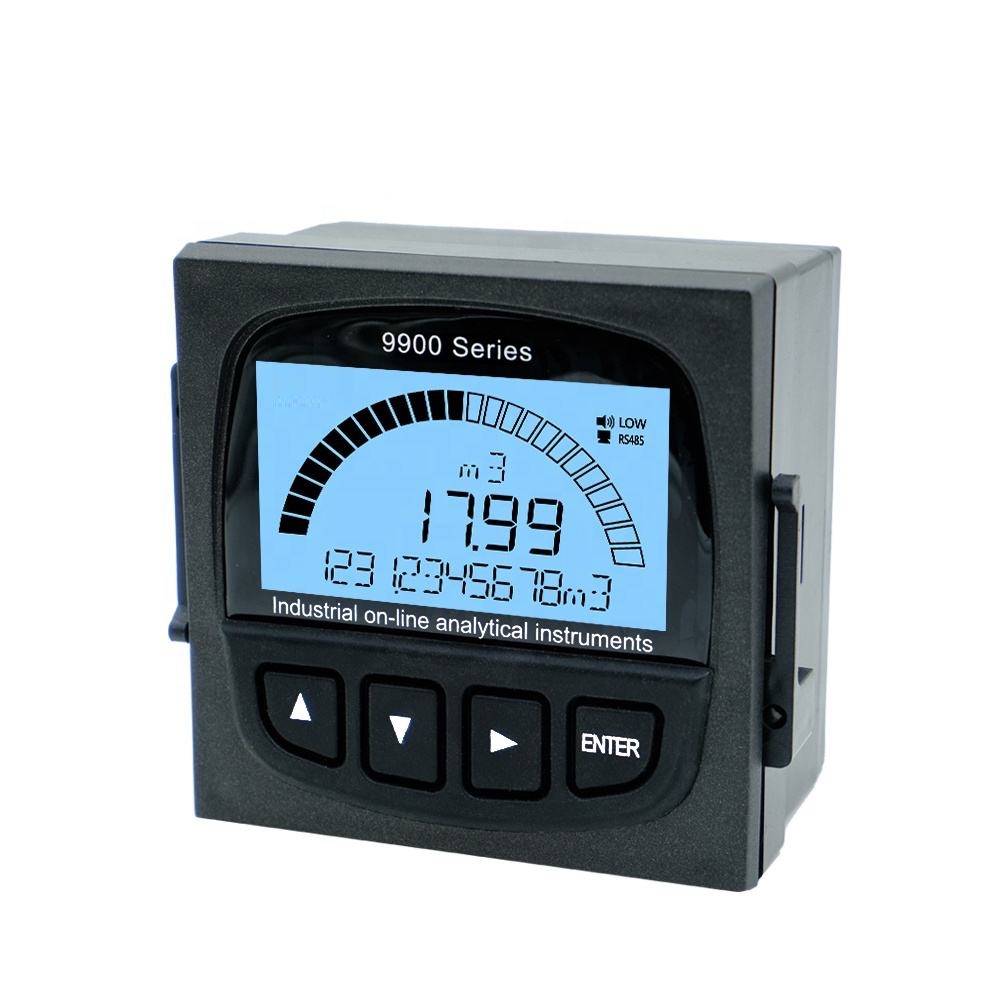
In addition to these benefits, water quality monitoring systems also play a crucial role in public health. By ensuring that drinking water is safe and free from contaminants, these systems help to prevent waterborne diseases and protect the health of communities. Regular monitoring of water quality can also provide early warning of potential health risks, allowing for timely interventions to be implemented.
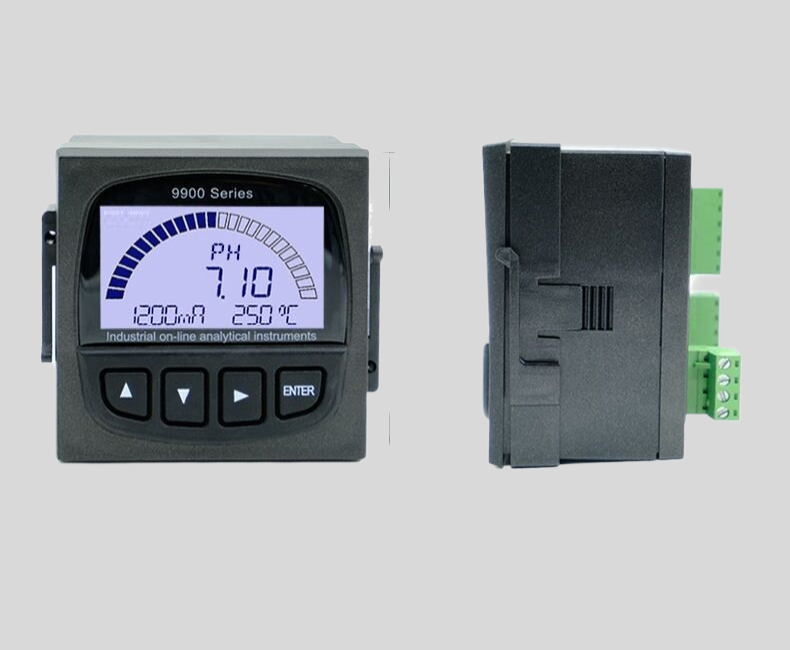
Overall, the implementation of a water quality monitoring system is essential for maintaining the health and safety of water sources. By detecting pollution, tracking changes in water quality, ensuring compliance with regulations, optimizing treatment processes, and protecting public health, these systems play a vital role in safeguarding our water resources. As the importance of water quality continues to grow, investing in monitoring systems is crucial to ensure the sustainability of our water supply for future generations.
How to Choose the Right Water Quality Monitoring System for Your Needs
Water quality monitoring systems are essential tools for ensuring the safety and purity of our water supply. These systems are used to measure various parameters such as pH, turbidity, dissolved oxygen, and temperature to assess the overall quality of water. With the increasing concerns about water pollution and contamination, it is more important than ever to have reliable monitoring systems in place to protect public health and the environment.
When it comes to choosing the right water quality monitoring system for your needs, there are several factors to consider. The first step is to determine the specific parameters that need to be monitored. Different systems are designed to measure different parameters, so it is important to identify which ones are most relevant to your situation. For example, if you are concerned about the presence of heavy metals in your water supply, you will need a system that can accurately measure metal concentrations.
Another important factor to consider is the level of automation and data management capabilities of the monitoring system. Some systems are fully automated and can continuously monitor water quality in real-time, while others require manual sampling and analysis. Depending on your needs and budget, you may prefer a system that can provide instant data and alerts in case of any abnormalities.
It is also important to consider the accuracy and reliability of the monitoring system. Look for systems that have been tested and validated by independent organizations to ensure that they provide accurate and consistent results. Additionally, consider the maintenance requirements of the system and make sure that you have the resources and expertise to properly maintain and calibrate it.
Cost is another important factor to consider when choosing a water quality monitoring system. While it is important to invest in a high-quality system that meets your needs, it is also important to consider your budget constraints. Compare the costs of different systems and consider the long-term costs of maintenance and operation before making a decision.
When choosing a water quality monitoring system, it is also important to consider the scalability and flexibility of the system. Make sure that the system can be easily expanded or upgraded to accommodate future needs and changes in water quality regulations. Additionally, consider the compatibility of the system with other monitoring equipment and data management systems that you may already have in place.
In conclusion, choosing the right water quality monitoring system is essential for ensuring the safety and purity of our water supply. Consider factors such as the parameters to be monitored, level of automation, accuracy and reliability, cost, scalability, and compatibility when making your decision. By investing in a high-quality monitoring system that meets your needs, you can help protect public health and the environment for generations to come.


